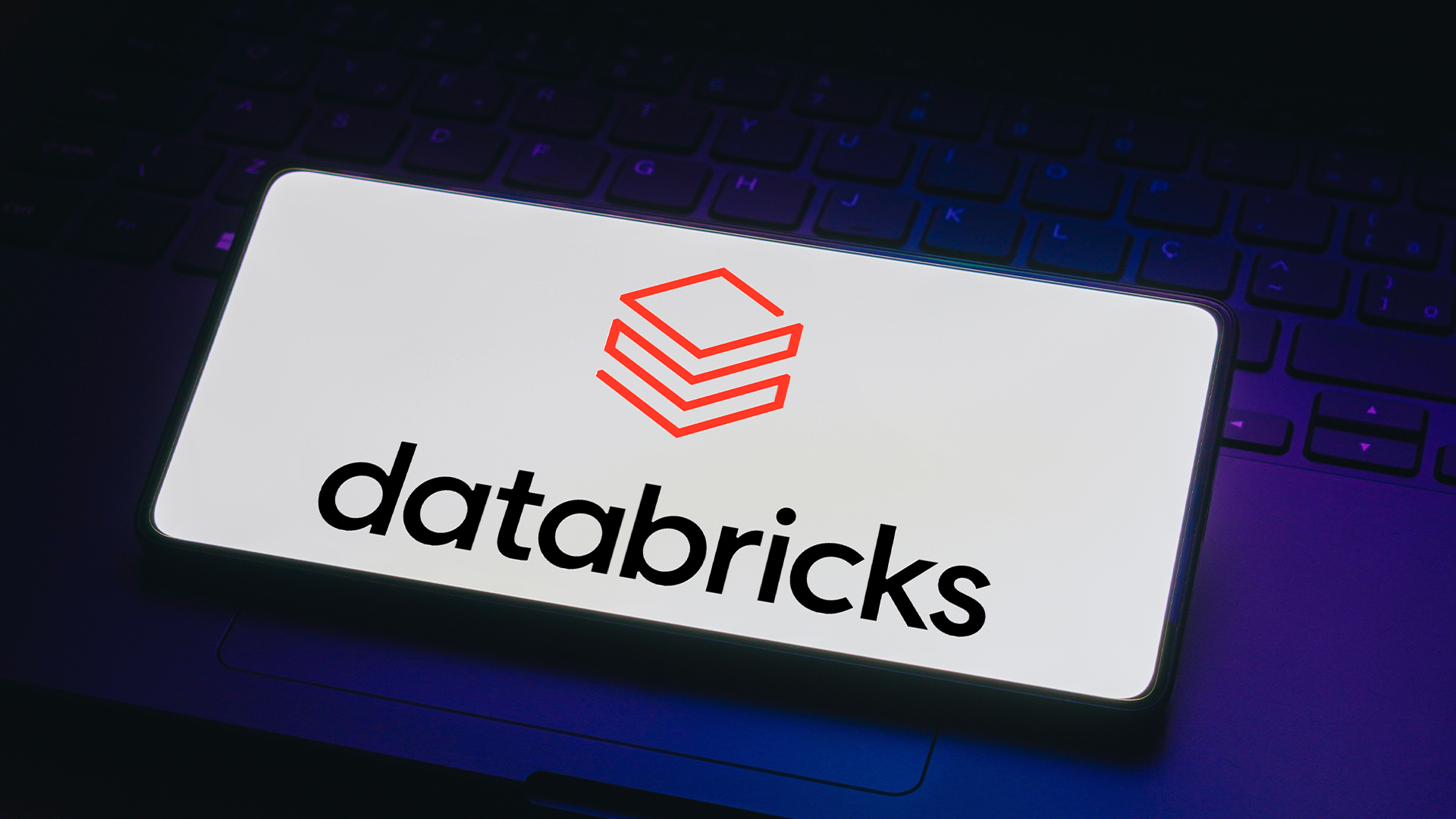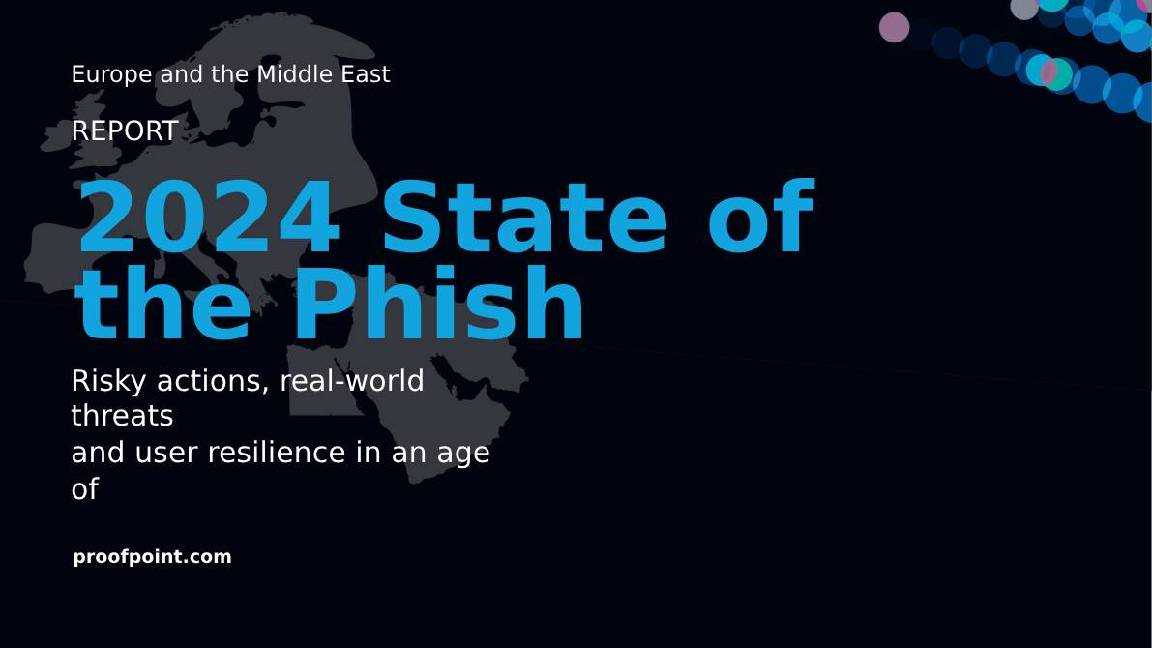Databricks just launched an open source large language model to compete with Llama 2, Mixtral, and GPT-3.5
Databricks’ new DBRX model will allow businesses to take control of their generative AI tool development


Rory Bathgate
Databricks has announced the launch of DBRX, a general-purpose large language model (LLM) it believes will “democratize” the training and tuning of custom LLMs for enterprise users.
The move forms part of an effort to cut enterprise reliance on what Databricks described as a "small handful of closed models" and drive open source AI adoption.
The model performs at an above average level on several benchmarks, including language understanding, programming, math, and logic, according to the firm.
Similarly, DBRX outperforms models like Llama 2 70B and Mixtral-8x7B on industry benchmarks, and even GPT-3.5 in certain areas.
DBRX has been specifically optimized for efficiency, according to Databricks, and was designed with a mixture-of-experts (MoE) architecture and built on the MegaBlocks open source project.
This gives the model a competitive edge in terms of performance and it’s reportedly “up to twice as compute-efficient” as other leading LLMs.
The developmental capabilities of this model are particularly attractive for enterprises, as it establishes a route to creating customizable generative AI tools for businesses.
Get the ITPro daily newsletter
Sign up today and you will receive a free copy of our Future Focus 2025 report - the leading guidance on AI, cybersecurity and other IT challenges as per 700+ senior executives
With recent studies establishing an evident enthusiasm for open source models, DBRX could find itself fitting into a commercially viable niche in the market by making enterprise generative AI goals more achievable.
Databricks eyes enhanced data control with DBRX
One area of particular concern in enterprise generative AI roll-outs is data security, and Databricks said DBRX will ensure companies will be able to maintain a level of control over their data when using the model.

Paired with Databricks Mosaic AI’s unified tooling, DBRX allows users to build and deploy generative AI applications that are “safe, accurate, and governed” without relinquishing control of data or intellectual property.
The platform offers built-in data management, governance, lineage, and monitoring capabilities that range from data to generative AI applications within the Databricks Data Intelligence Platform.
“At Databricks, our vision has always been to democratize data and AI,” said Ali Ghodsi, co-founder and CEO at Databricks.
“We’re doing that by delivering data intelligence to every enterprise — helping them understand and use their private data to build their own AI systems,” he added.
Another feather in the cap for open source AI

Rory Bathgate is Features and Multimedia Editor at ITPro, overseeing all in-depth content and case studies. He can also be found co-hosting the ITPro Podcast with Jane McCallion, swapping a keyboard for a microphone to discuss the latest learnings with thought leaders from across the tech sector.
The AI space cannot reach the levels of competition that truly benefit customers until the open source community has a proper seat at the table – this is an unavoidable fact. So IT decision-makers will always welcome a new option in the growing carousel of free models.
Open source models can play a particularly strong role when it comes to internal use, as businesses can use them safely in the knowledge that proprietary training data won’t be passed to a third party.
Databricks’ claims over the model’s compute efficiency will need to be independently verified. However, if the model can offer truly competitive performance without the associated increases in energy usage (large CapEx on NPUs or GPUs), it will represent an even more attractive offer for enterprise users.
RELATED WHITEPAPER

This could also be essential for running local models, such as running it on hardware directly owned by a business or in a private cloud, where leaders have to consider AI energy costs.
Ultimately, a more vibrant ecosystem of open-source AI models can only benefit businesses. While the largest firms continue to develop generalist LLMs accessible via API or embedded within common software suites, open source models will help meet the needs of specific use cases at low up-front costs and in a platform-agnostic manner.

George Fitzmaurice is a former Staff Writer at ITPro and ChannelPro, with a particular interest in AI regulation, data legislation, and market development. After graduating from the University of Oxford with a degree in English Language and Literature, he undertook an internship at the New Statesman before starting at ITPro. Outside of the office, George is both an aspiring musician and an avid reader.
- Rory BathgateFeatures and Multimedia Editor
-
 Bigger salaries, more burnout: Is the CISO role in crisis?
Bigger salaries, more burnout: Is the CISO role in crisis?In-depth CISOs are more stressed than ever before – but why is this and what can be done?
By Kate O'Flaherty Published
-
 Cheap cyber crime kits can be bought on the dark web for less than $25
Cheap cyber crime kits can be bought on the dark web for less than $25News Research from NordVPN shows phishing kits are now widely available on the dark web and via messaging apps like Telegram, and are often selling for less than $25.
By Emma Woollacott Published